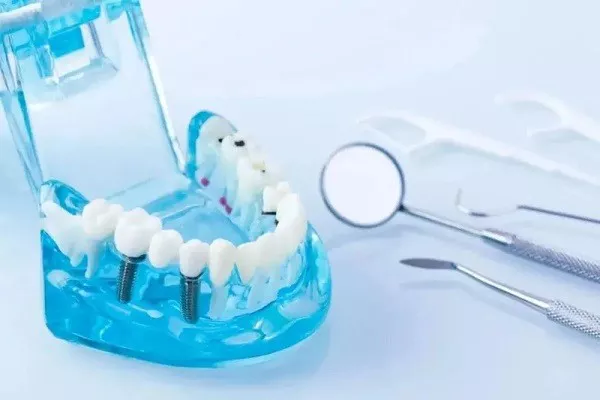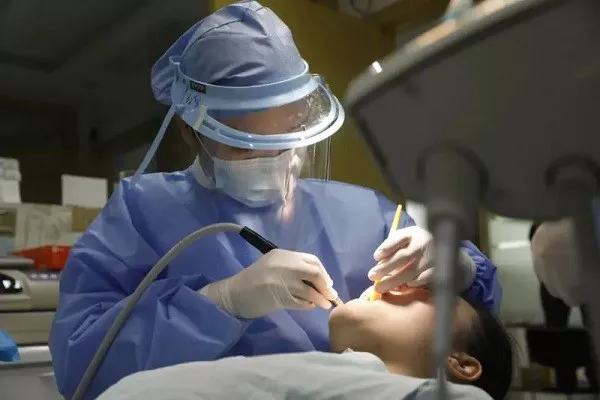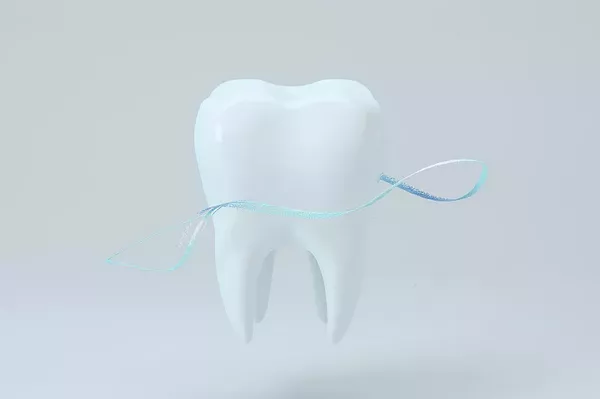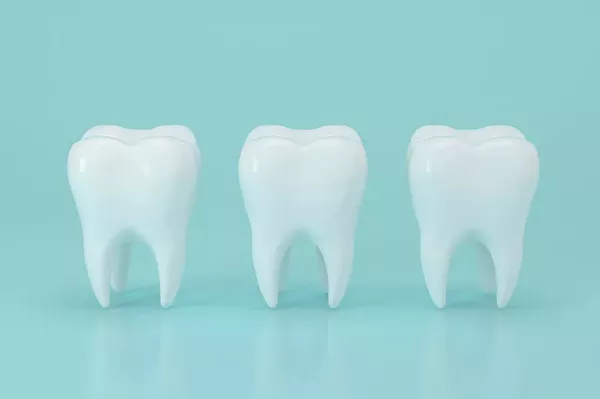Dental cavities, or tooth decay, are common dental issues that require prompt attention to prevent further damage. One of the most common treatments for cavities is dental fillings. If you’re wondering about the cost of having a cavity filled, you’re not alone. In this article, we will explore the factors that influence the cost of cavity fillings and provide insights into what you can expect.
Factors Influencing the Cost of Cavity Fillings
The cost of having a cavity filled can vary widely depending on several factors:
Type of Filling Material:
Dental fillings can be made from various materials, including amalgam (silver), composite resin (tooth-colored), gold, and porcelain. The type of material you choose or that your dentist recommends can significantly impact the cost.
Size and Location of the Cavity:
The size and location of the cavity within your mouth can affect the cost. Larger or more complex cavities may require more time and materials to fill, resulting in a higher cost.
Dentist’s Experience and Location:
The level of experience of your dentist and the geographic location of the dental practice can influence pricing. Dental services tend to be more expensive in urban areas and areas with a higher cost of living.
Insurance Coverage:
Dental insurance can help reduce your out-of-pocket expenses for cavity fillings. The extent of your coverage and whether the dentist is in-network with your insurance plan will affect costs.
Additional Procedures:
In some cases, additional procedures may be necessary before or during the filling process. For example, if the decay has reached the tooth’s nerve, a root canal may be required before the filling, which will add to the overall cost.
Average Cost Ranges
The cost of a cavity filling can vary, but here are some approximate cost ranges for different types of fillings:
Amalgam (Silver) Fillings:
Amalgam fillings are often the most affordable option, ranging from $50 to $150 per filling, depending on the size and location of the cavity.
Composite Resin (Tooth-Colored) Fillings:
Composite resin fillings are more aesthetically pleasing but tend to be slightly more expensive, ranging from $90 to $250 per filling.
Gold Fillings:
Gold fillings are the most expensive option due to the cost of the material. They can range from $250 to $4,500 per filling.
Porcelain Fillings (Inlays and Onlays):
Porcelain fillings, which are often used for larger restorations, can range from $250 to $4,500, depending on the complexity of the procedure.
Conclusion
The cost of having a cavity filled can vary based on multiple factors, including the type of filling material, the size and location of the cavity, your dentist’s experience, insurance coverage, and additional procedures required. To get an accurate estimate, it’s best to consult with your dentist, who can assess your specific needs and provide you with a detailed cost estimate. Remember that addressing cavities promptly can prevent further dental issues and potentially reduce treatment costs in the long run.
Related Topics:
































